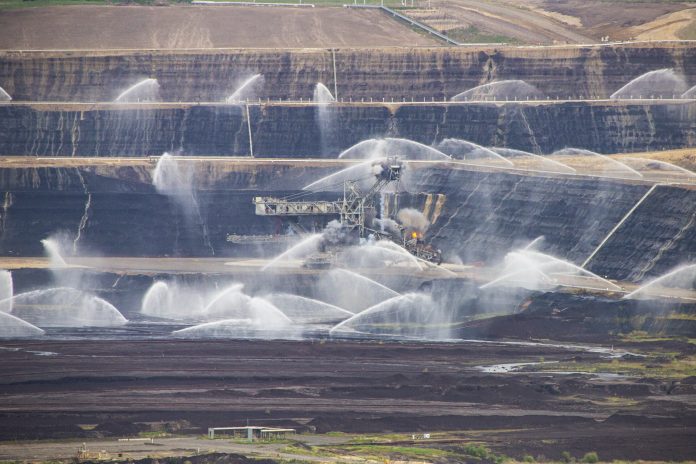
Michelle Slater
THE Victorian government has called an Environmental Effects Statement into the Hazelwood Rehabilitation Project.
Planning Minister Richard Wynne signed-off on the EES looking into the effects of using 637 gigalitres of water over 10 to 35 years to form a pit lake in the Hazelwood open cut.
The EES will examine the potential for significant environmental effects on surface and groundwater, existing land uses, the Gippsland Lakes, native vegetation and Aboriginal heritage values.
According to government documents, the project has the potential for “cumulative adverse effects” on these values.
An EES would also inform future decision-making for any required approvals and would respond to the significant community interest in the project and its assessment.
The project would require more water than Sydney Harbour and could require an extra five billion litres of water each year to offset evaporation.
The decision has been welcomed by environment groups, including Friends of Latrobe Water which had been calling for an EES over concerns on any effects on Gippsland river systems.
FloW spokesperson Hayley Sestokas said she was hopeful the EES process would provide enough transparency and information for locals to participate in decision making.
“The footprint of a project this size should not be underestimated,” Ms Sestokas said.
“Unless rehabilitation works are done right, our community will be left with a huge environmental legacy and pay with additional health impacts and tax burden.”
AGL has already proposed to flood the Loy Yang mine, which would take 1420 billion litres, while Yallourn would take 725 billion litres to fill.
Environmental Justice Australia lawyer Chloe Badcock said the EES should also look at any impacts on the Latrobe Valley community.
“It’s important the EES assesses alternatives that don’t rely on natural water sources, including recycled and desalinated water,” Ms Badcock said.
“ENGIE must be transparent with the community about the likely implications of these on future water uses and recognise the crucial role of a safe rehabilitation plan as the community transitions to renewable industries.”
Mine operator ENGIE Hazelwood also welcomed the decision and will now work on more details in in the next few months in conjunction with the state government.
An ENGIE spokesman said the EES would provide opportunities for community involvement and a public consultation process is being planned to enable feedback at various stages.










